Both in summer, with its scorching temperatures, and in winter when the thermometer shows temperatures below 0 degrees for days on end, we think of a way to avoid feeling the impact of these temperatures at home. We want the walls of the house to protect us from the heat in summer by radiating heat from outside, and in winter to keep the heat inside at the cost of a high energy bill. The easiest way to 'persuade' the walls to do these things is to insulate them. There are various ways and material to insulate walls, for each of which there are pros and cons. A common argument is that some materials can affect the health of those in the house. That's why I'm now proposing a healthy way to insulate your home that not only doesn't affect your health, but actually has beneficial effects, helping to purify the air.
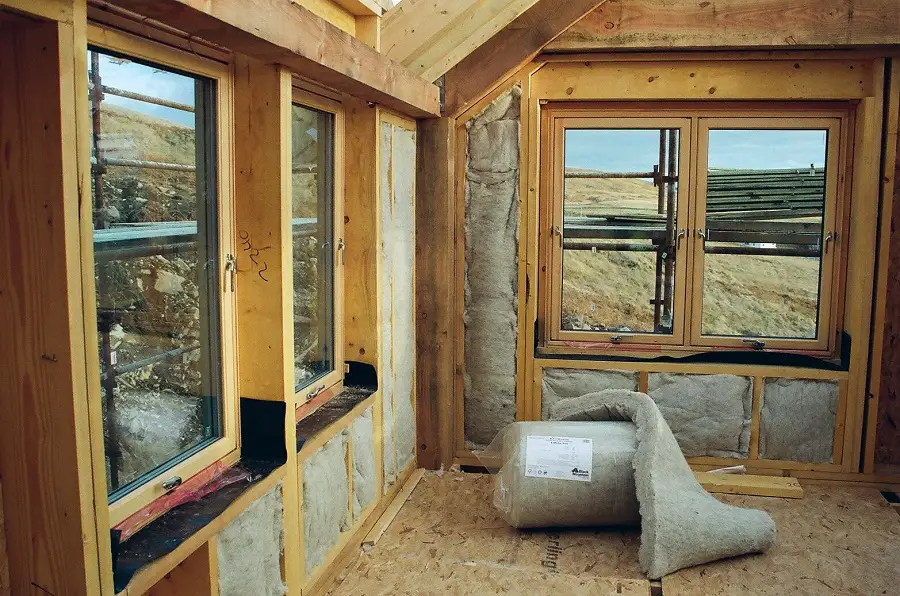
The material I am referring to is sheep's wool. Using it to insulate houses, including wooden houses, comes with so many benefits that I find it really sad that Romanian shepherds have ended up burying wool to get rid of it. And these benefits can only be seen if we think about the "normal" use of wool. A woollen sweater will keep out the bitter cold, but a thin dress also made of wool will not warm us up in summer like a "plastic" one. But let's look at the benefits of using wool as an insulator, both thermally and acoustically.
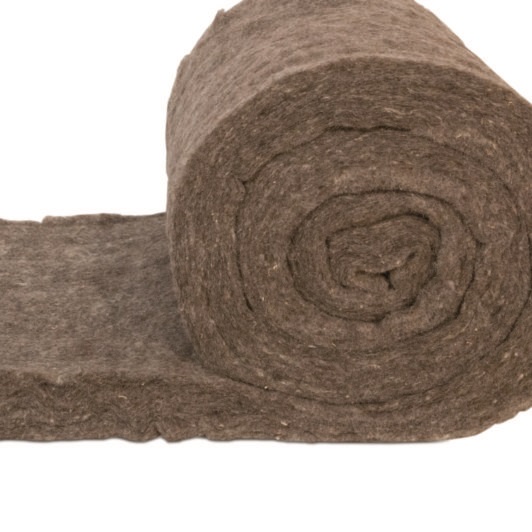
Sheep wool is one of the best materials for thermal insulation. Wall insulation - including ceilings, floors and roof - is used to prevent heat transfer, inwards in summer and outwards in winter. This exchange is expressed by the heat transfer coefficient U (thermal conductivity) or by the thermal resistance R, which is actually the inverse of the heat transfer coefficient (U=1/R). If we take wood, for example, which is considered a fairly good insulating material, the thermal conductivity is 0.130 W/mK. According to European standards, however, a material is considered insulating if it has a heat transfer coefficient of less than o.o60 W/mK. One insulator we are very familiar with is mineral wool. This has a heat transfer coefficient of 0.044 W/mK. By comparison, wool has a coefficient between 0.035 and 0.04 W/mK. Now do you understand why I say it is one of the best thermal insulators?
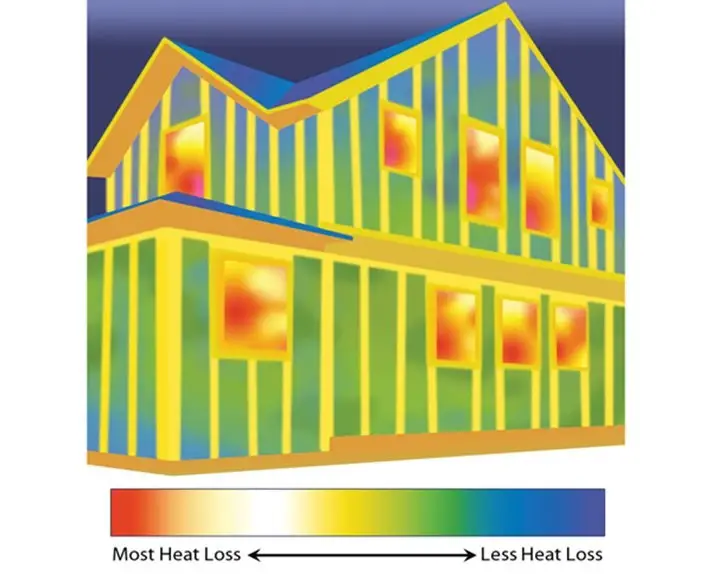
Sheep wool can regulate humidity. Wool is hygroscopic with the ability to absorb water between 33 and 40% of its own weight without affecting its insulation properties and without changing its appearance as a dry fibre. This makes it very suitable for areas where condensation may form. It is also very good for insulating wooden houses. As you can imagine, a big enemy of wood is condensation, especially if it forms in hidden areas where it is not visible. Water puddling on wood leads over time to rotting which can damage the strength structure. Insulation with wool eliminates this problem, as it has the ability to absorb and retain moisture.
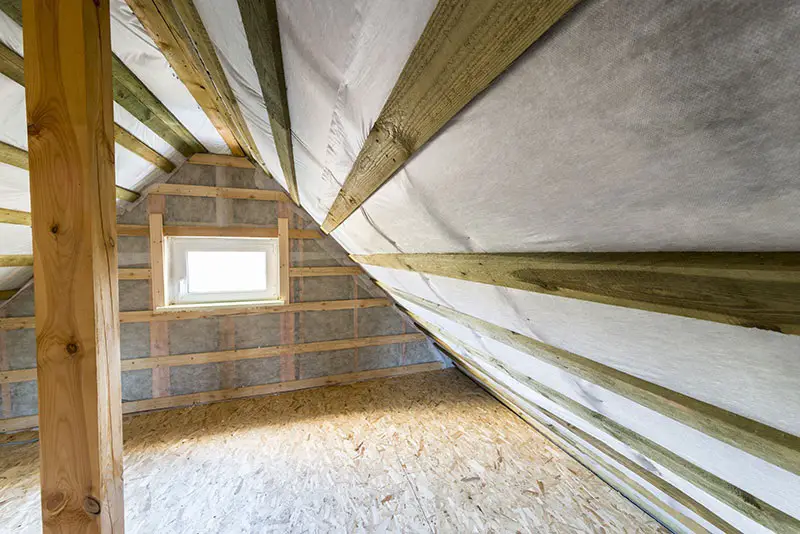
It is a very good sound insulator. Wool has excellent sound insulation properties, keeping noise beyond the walls, ceiling or floor. The way it works is very simple. To get into the house, sound waves have to pass through the fleece layer. The millions of fibres that make up the insulation cause the waves to lose energy, reducing with each fibre passed. So noise from outside the house doesn't penetrate the house, but noise from inside the house doesn't penetrate the outside either.
Sheep wool insulation is fire resistant. Wool burns very hard. If we want to light a piece of wool with a match, the moment the flame is removed it automatically goes out. This is a good thing because the increased nitrogen content makes the wool burn smolder, only scorching and going out when the flame is gone. To burn, the wool needs a temperature above 560 grd.C.
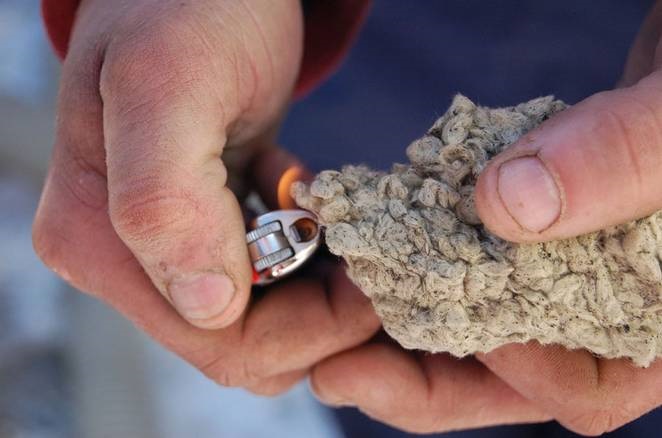
Sheep wool purifies the air. Although I left this property behind I consider it the most important. This is because wool has the ability to absorb and neutralise substances harmful to the body, including formaldehyde. It seems hard to believe, but it's true. Wool fibre is actually a natural protein made up of 18 different amino acids, 60% of which have a chemical chain structure that can react with certain substances. Thus, that part reacts with substances such as sulphur dioxide or formaldehyde and binds them through an irreversible process (chemosorption). This makes the use of wool even beneficial to the health of those in the home. It is also good for fitters because it is flexible, easy to handle and, unlike glass wool, does not itch when it comes into contact with it. Basically installation becomes a much quicker and more efficient process.
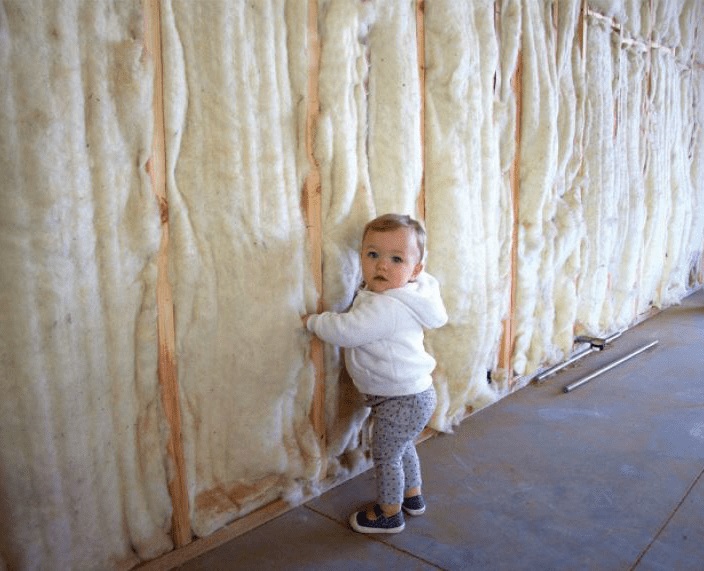
The disadvantage of using wool comes from the fact that it is also "appreciated" by mice and moths. That's why those who sell this type of insulation apply various treatments, which do not affect humans, to ensure that the insulation does not become a mouse heaven. For example, Alkimony, the German manufacturer of wool insulation distributed by Naturalpaint, shall state in the technical file that the product is resistant to pests of animal origin, this resistance being determined according to the control and verification methods issued by EOTA (European Organisation for Technical Assessment). So, rest assured, you won't have Jerry running through your walls.
In summary, in addition to being a good thermal insulator, sheep's wool has many unique benefits and is one of the most widely used natural sound insulation materials.

















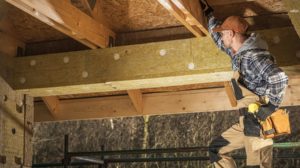
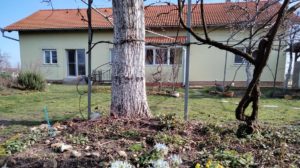
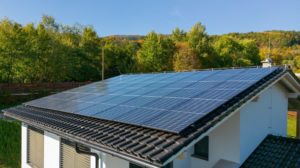
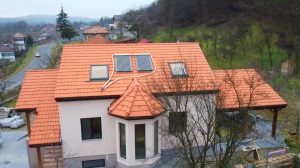
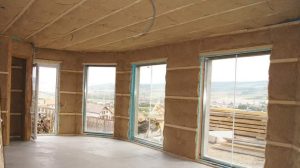
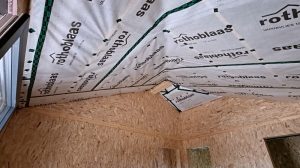
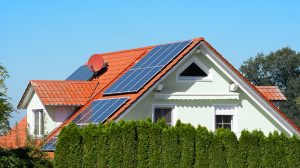

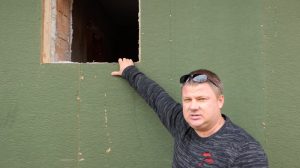
What wool treatment substance could be used so that it is harmful to mice and moths but healthy for humans???
I am very pleasantly impressed by the multitude of solutions, suggestions and guidance about wood from you and I am glad every time a new, usually documented and interesting information applicable to our homes appears. My problem is however, that I want to do everything by myself without having to resort to intermediaries, even professionals. Of course I often dream but I can't get rid of this obsession even now after 60 years. My question is how to treat sheep's wool against moths and mice. I don't think it is very difficult, if you have a well enough documentation. And you excel in such documentation skills. I go crazy when I see with my own eyes bags of wool thrown on the side of the road, or videos on the subject. Do you think you can help us, help the Romanians with information on this issue? How can we realize in a household the treatment of wool for insulation in buildings .... or others such as the treatment of wood, the use of wood waste, how to cut and process a log of essence x cut from the garden ... etc. My idea is to open our perspectives to do something with our own means from the raw material at our disposal v.s. to buy ready-made from others. That's what my intervention is about. The "Home Made" kind for everything on the subject of WOOD. Thank you for your understanding.
Hello!
I understand your desire to do as much as possible yourself and your frustration when you see wool being thrown away. Especially as it doesn't burn and is hard to destroy over time. But it's not easy or cheap to turn it into insulation. Shepherds should get together to make the conversion as cost effective as possible. Because the moon has to be collected, washed, cleaned and given to the dart to be pulled. Only if it has that wool-like, mattress-like appearance does it have good insulating properties (it is the air inside that insulates). After all these operations it is treated with 3-5% of substances that protect against mice. As you can see it is quite a lot of work and it is hard to find people to pay for this work.
As far as wood waste is concerned, we promise to publish more material on its recovery.
Thanks for your appreciation.
All the best!
very nice @Ceara Dumitru , unfortunately it is difficult to follow your ideas in such a stressful political-economic environment, however you have pointed out very well about 'opening perspectives', your effort is appreciated, however I think that there are few people who want to, it is difficult-impossible as I said to have a real desire for progress and at the same time a common desire, everyone does 'after fashion'. The subject is much further away, for the moment it is a business not a trend, for those who can afford it; to start such a project alone is very difficult because you will have technical and design problems, the water in the air that enters the wool must somehow leave that place, although the wool contains lanolin that will keep it 'young' in the WATERS, it can be the subject of a beautiful mould, you should also bear in mind that nobody invented the wheel, wool has been used to insulate houses since the invention of the sheep 🙂 it has some problems, you can't treat it yourself at home and you can't take into account all the aspects to prevent critical problems. However with resources and documentation I can't wish you anything but success.
Hello,
I would be interested in the whole process of producing sheep's wool insulation: from the necessary machinery, where it can be purchased to the substances for treating against pests, if possible!
Thank you
Hello!
We are a magazine dedicated to those who are passionate about wood or who work in the wood industry. The article on wool insulation was written to inform readers about options for insulating houses with natural materials. We do not know the industrial process of manufacturing wool insulation or what machinery is used.
All the best!
All well and good with eco insulation made of wool, but still: since it has to be impregnated with insecticides to avoid being attacked by moths and mice, it won't be so eco-friendly for humans, i.e. it will emit certain chemicals.
On the other hand, substances such as naphthalene or less toxic naphthalene substitutes are volatile, so in cupboards you need to replace them quite often (at 3 months the RAID type substitutes, naphthalene evaporates much more slowly). In a thermal insulation, however, we will not go in for adding insecticide. So, how long does it take for the insecticides you use for thermal insulation to evaporate? Because if they lose their effectiveness in two to three to five years, that's bad enough! The guarantee for mineral-based thermal insulation is over 20 years.
Hello!
I am one of the young people today who wants to do something in this country, I saw that you have great knowledge about wool processing and I would like you to help me with some advice if I could open a company to produce wool insulation.
Hello!
Unfortunately, I do not have the necessary knowledge for such a task.
From the information from Alchimea (source for this article) I understand that wool must be very well washed, dyed (drawn into yarns) and treated with insect repellent (borax). To have good insulating properties it must have a certain density, thickness and thermal conductivity as low as possible.
As far as I know there is a company in Romania - Lana Term - that makes such wool insulation, maybe you can get some information from there.
All the best!
Hello,
Very interesting information.
What materials are applied over wool insulation? Is it plastered directly over?
I suspect that being green building, they don't put up dry wall panels.